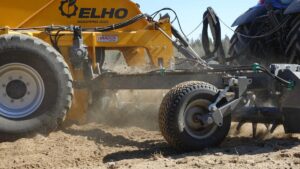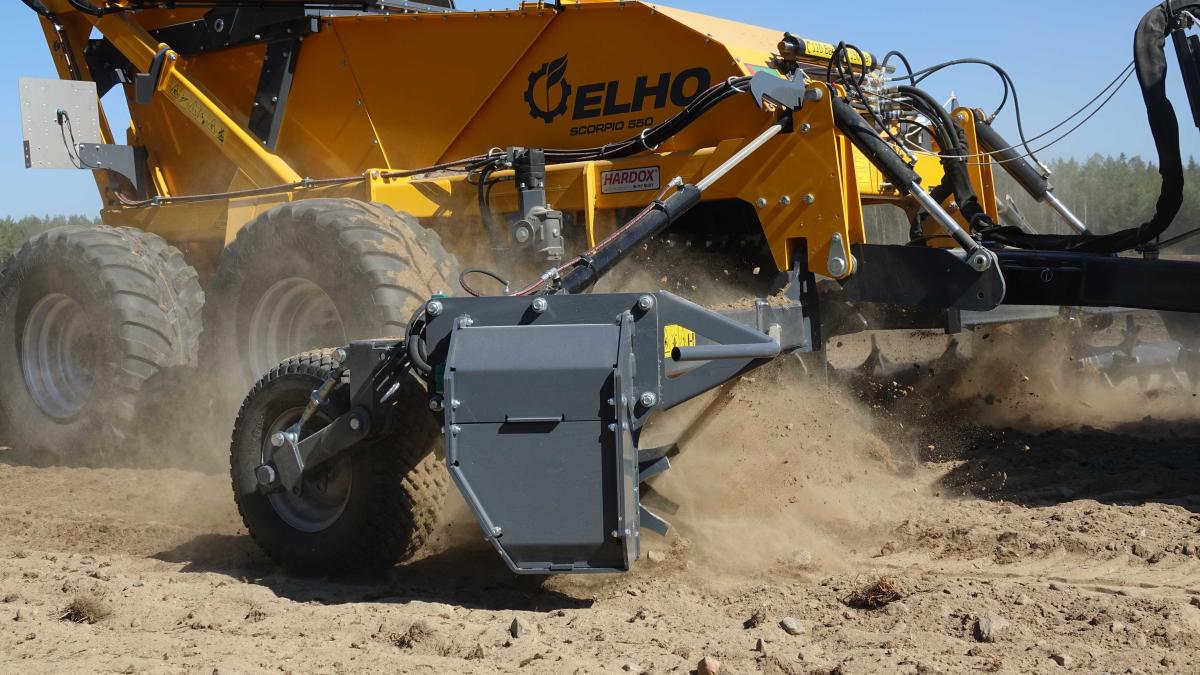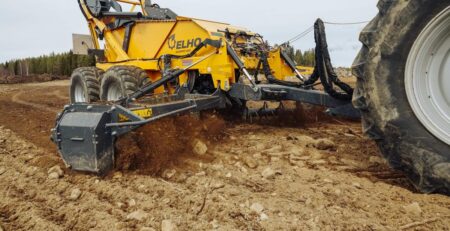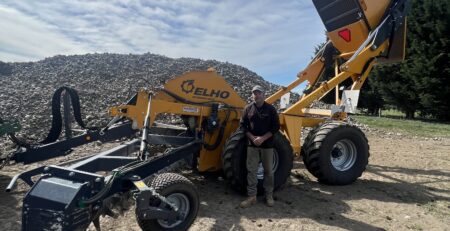How to maximise the effectiveness of Stone Picking
Karen Low2025-02-20T03:35:23+00:00
Tilling a paddock that is full of rocks before utilizing an effective rock-removal equipment like the Elho 550 Rockpicker from Central Injection Agri offers numerous benefits that contribute to better land management, improved crop yield, and enhanced soil health. While it may seem counterintuitive to disturb the soil, especially in a rocky environment, there are several key advantages to consider.
1. Improved Soil Structure
Tilling helps to break up compacted soil layers. In rocky paddocks, the presence of stones can create areas where soil compaction occurs, hindering root growth and water infiltration. By tilling the soil, you cultivate a more heterogeneous mixture that allows for better aeration and improved moisture retention. This adjustment is critical for enhancing the overall structure of the soil, paving the way for more efficient root systems and healthier crops.
2. Enhanced Rock Visibility
When tilling a rocky paddock, soil disturbance causes rocks to become more visible. This heightened visibility simplifies the later process of removing rocks with the Elho 550 Rockpicker. The rockpicker is designed to efficiently collect stones from the surface, so having them more exposed ensures that the equipment can operate effectively, leading to a thorough cleanup of the paddock. Without tilling, many rocks can remain buried or hidden, resulting in less effectiveness during the rock-picking phase.
3. Increased Soil Nutrient Availability
Tilling can help integrate organic matter and crop residues into the soil. In rocky paddocks, these resources often remain on the surface, unable to break down effectively due to lack of contact with the soil. By tilling, you can incorporate these materials, promoting microbial activity and enhancing nutrient cycling. As organic matter decomposes, it improves soil fertility, which is vital for robust crop growth. Nutrient-rich soil can lead to higher crop yields and better quality produce.
4. Weed Control
Weeds often thrive in rocky environments; their roots can establish themselves among the stones. Tilling disrupts these undesirable plants by uprooting them from their established positions. This initial tilling acts as a form of mechanical weed control, reducing competition for resources with your desired crops when they are eventually sown. It can lead to reduced herbicide requirements, resulting in both environmental and economic benefits for the farmer.
5. Optimizing Rockpicker Efficiency
The Elho 550 Rockpicker is engineered to handle various terrains, but starting with a tilled paddock enhances its performance. This machine is designed to pick rocks effectively while minimizing soil disturbance. The main goal is to reduce the time taken in the field collecting stones. Before deployment, tilling acts as a preparatory step that increases the ease with which the rockpicker can operate. A well-prepared surface allows the equipment to work more efficiently and gather more rocks in a shorter timeframe.
6. Less Damage to Equipment
When rocks are left in their natural state, rockpickers can encounter significant resistance, potentially leading to equipment damage or malfunction. Tilling diminishes the number and size of larger surface rocks, making it less likely for the machinery to face wear and tear. Reducing the risk of damage prolongs the lifespan of your equipment and minimizes unexpected repair costs, translating to savings in time and finances.
7. Promoting Sustainable Practices
Proper tillage before utilizing the Elho 550 Rockpicker aligns with sustainable farming practices. It allows farmers to manage rocky paddocks more effectively while maintaining soil health and productivity. When done judiciously, tilling supports a cycle of cultivation that enhances the land’s capability to produce, safeguarding it for future generations.
Conclusion
Tilling a rocky paddock before employing the Elho 550 Rockpicker from Central Injection Agri proves to be a smart farming strategy. The benefits of improved soil structure, enhanced rock visibility, increased nutrient availability, better weed control, optimized equipment efficiency, reduced damage to machinery, and promotion of sustainable practices make the initial effort worthwhile. By taking these steps, farmers can ensure their land is well-prepared for successful cultivation, ultimately boosting productivity and long-term land viability.




